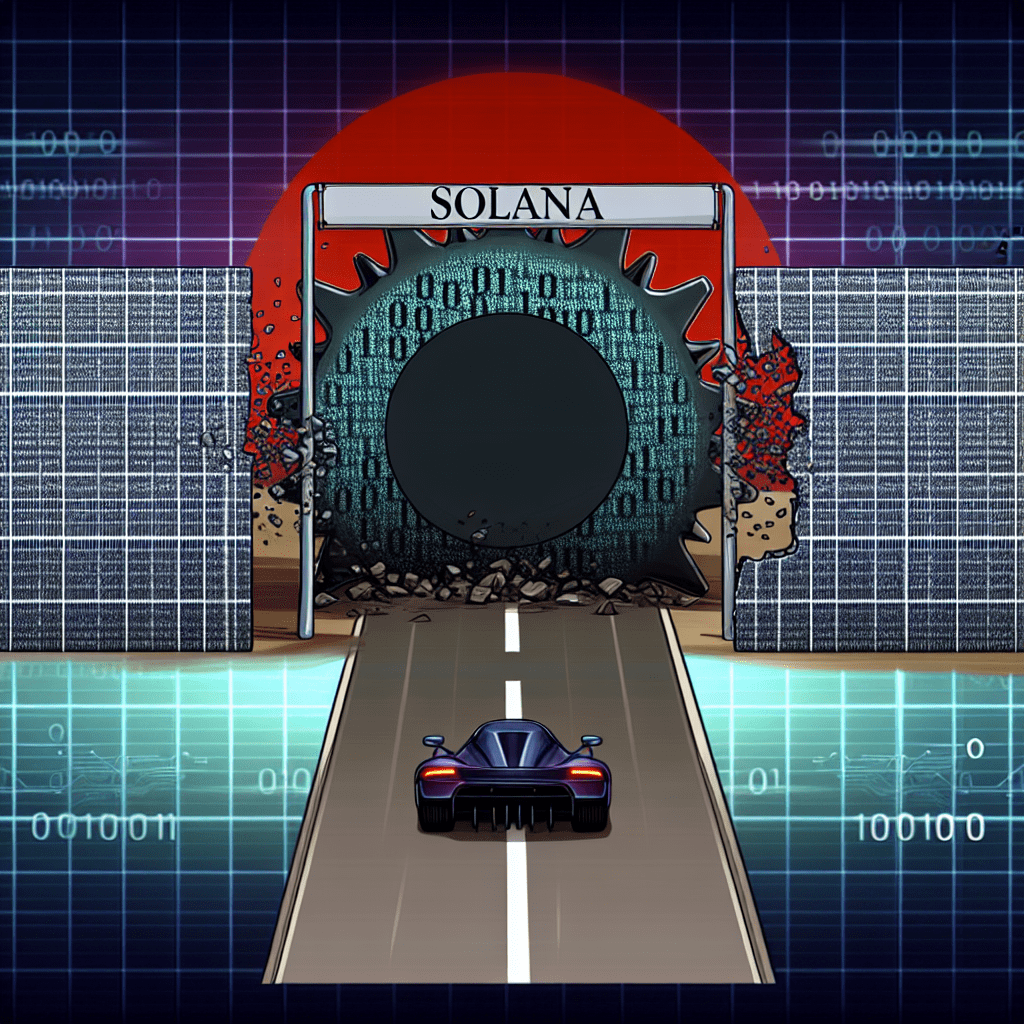Jump Crypto, a Web3 infrastructure firm, has proposed the removal of Solana’s fixed compute block limit to enhance network performance and encourage validators with less efficient hardware to upgrade.
The company, which is developing a high-performance Firedancer validator client for Solana, is advocating for the SIMD-0370 proposal to be implemented following the Alpenglow upgrade, as noted by Solana research firm Anza on Saturday.
Alpenglow received near-unanimous support earlier this month and is scheduled for deployment on a testnet in December.
Removing static block limits would allow slower validators to skip more complex blocks, enabling more capable validators to manage them, according to Anza, which emerged from Solana Labs:
“This creates a performance flywheel: block producers pack more transactions to earn more fees. Validators that skip blocks lose rewards, prompting them to upgrade hardware and optimize code. Enhanced performance across the network allows producers to confidently push limits further.”
SIMD-0370 is part of broader initiatives to bolster Solana’s network resilience and diversify its validator client ecosystem, with Firedancer set to launch on mainnet in a limited capacity in September 2024.
In recent years, Solana has gained popularity as a retail blockchain due to its rapid, low-cost transactions and a multitude of decentralized applications. Its decentralized exchange trading volume has even surpassed Ethereum’s on several occasions this year.
However, unexpected spikes in network activity have resulted in outages, highlighting the need for further upgrades to maintain stability and enhance user experience.
Previous proposal aimed to increase the fixed block limit
Currently, Solana’s fixed compute unit block limit stands at 60 million compute units. Without a fixed cap, block size would adjust based on the number of transactions a validator could incorporate.
Related: Cathie Wood: Hyperliquid ‘reminds me of Solana in the earlier days’
This proposal comes four months after Jito Labs CEO Lucas Bruder suggested increasing the compute block limit to 100 million CU under SIMD-0286 in May.
Engineer raises concerns about centralization risks
While the proposal aims to motivate validators to upgrade their hardware for increased fees, it could also pose risks of centralization, as expressed by engineer Akhilesh Singhania on GitHub:
“One potential centralization risk is that if larger validators continuously upgrade to more costly hardware, smaller validators unable to keep up may be forced out. Consequently, we could end up with fewer big validators.”
Alpenglow poised to be Solana’s largest protocol upgrade to date
Anza, which proposed the Alpenglow proof-of-stake consensus mechanism on May 19, indicated that a successful rollout would represent “the most significant change to Solana’s core protocol” and could position Solana to effectively compete with existing internet infrastructure.
The upgrade is projected to decrease transaction finality time from around 12.8 seconds to 150 milliseconds, while other enhancements will focus on increasing network resilience.
Magazine: How do the world’s major religions view Bitcoin and cryptocurrency?

